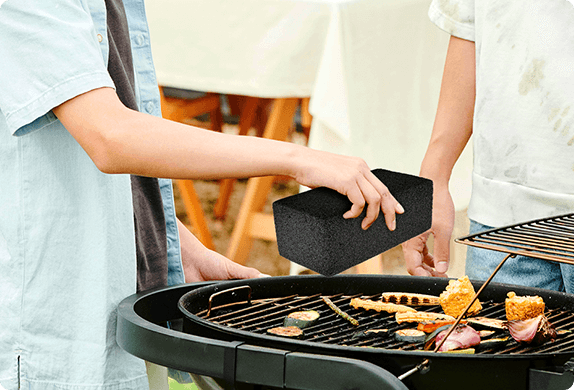Understanding the Importance of Cleaning Your Pumice Stone
Maintaining the cleanliness of your pumice stone is vital for both its effectiveness and your personal hygiene. During regular use, a pumice stone naturally accumulates dead skin cells, oils, and bacteria. This buildup can not only degrade the stone’s performance but also pose significant health risks, such as skin infections or irritation. Ensuring your pumice stone remains free from contaminants is essential for achieving optimal results in your skincare routine.
Over time, these accumulations can compromise the texture and efficacy of the pumice stone. A dirty pumice stone can harbor bacteria that may lead to unpleasant skin conditions. The small crevices within the pumice stone can trap these impurities, creating an environment conducive to bacterial growth. Consequently, using an unclean pumice stone might cause skin-related issues, negating the benefits you seek from its use.
Moreover, a well-maintained pumice stone contributes to its longevity. By regularly cleaning your pumice stone, you can extend its usability much longer than if it were neglected. This proactive maintenance ensures that the abrasive surface remains effective in removing dead skin cells, thus offering better results during each use. A cleaner pumice stone is more efficient at exfoliating and smoothing your skin without the risk of causing undue harm.
Therefore, the importance of cleaning your pumice stone cannot be overstated. A clean pumice stone not only provides a safe and hygienic way to care for your skin but also ensures that the stone itself remains an enduring and effective tool in your skincare regimen. Regular cleaning of this essential item will help mitigate any potential health risks while optimizing its exfoliating capabilities.
Step-by-Step Guide to Cleaning Your Pumice Stone
Maintaining your pumice stone’s effectiveness requires thorough and regular cleaning. Follow these steps to ensure your pumice stone remains clean and safe for use.
Start by rinsing the pumice stone under warm running water. This initial step will help loosen and remove any loose debris or dead skin cells trapped on the surface. Make sure to rinse thoroughly on all sides.
Next, take a brush or an old toothbrush and apply soap or a mild detergent. Scrub the pumice stone meticulously, paying close attention to the crevices and rough surfaces where debris could accumulate. The mechanical action of the brush helps dislodge any remaining particles, ensuring a clean and refreshed stone.
For deeper cleaning and to disinfect the pumice stone, prepare a solution of water mixed with either white vinegar or bleach. Submerge the stone in this mixture for about 10-15 minutes. This step is crucial for eliminating bacteria and preventing mold growth. After soaking, rinse the stone thoroughly under warm water to remove all traces of the cleaning solution.
Properly drying your pumice stone is another essential part of its maintenance. You can either air dry it by placing it in a well-ventilated area or use a clean towel to pat it dry. Ensuring that the stone is completely dry before storing it helps prevent the growth of mold and bacteria.
Lastly, it’s important to store the pumice stone in a dry place to maintain its longevity. A storage area with good air circulation will be ideal. Depending on how frequently you use the pumice stone, aim to clean it after every few uses. For everyday use, a weekly cleaning routine should suffice to keep your pumice stone in optimal condition.



